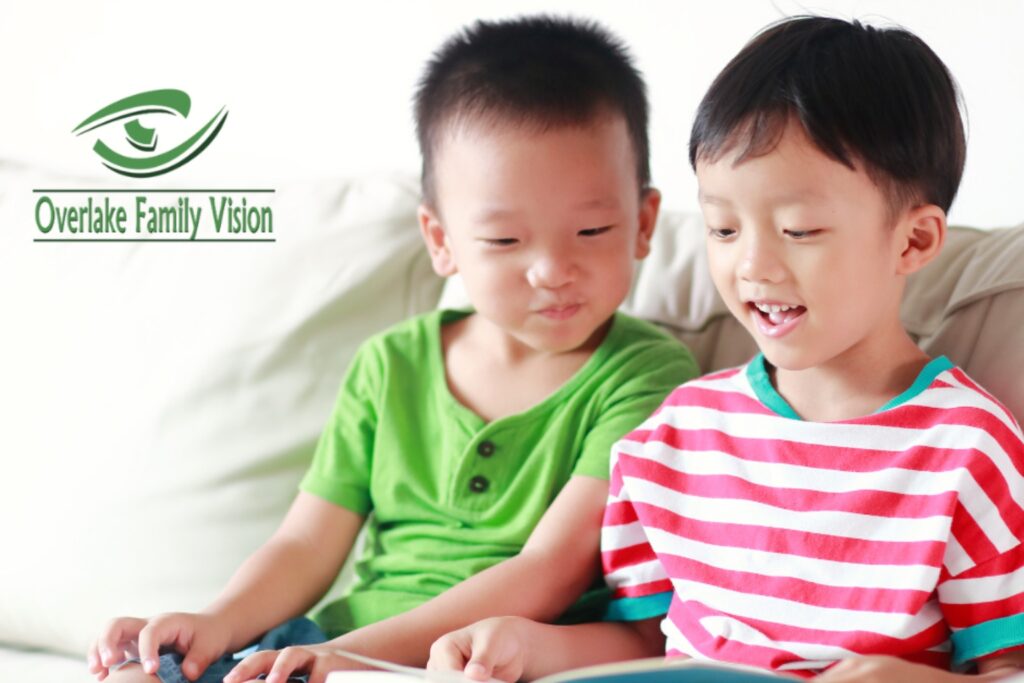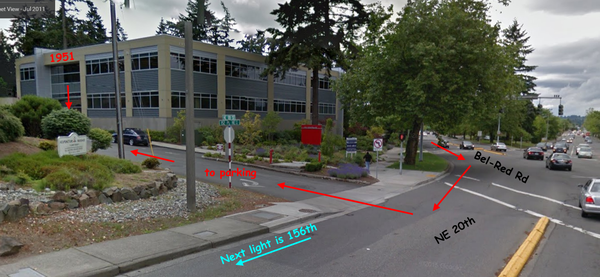Introduction
Every parent wants their child to succeed in school, but did you know that vision problems could be silently hindering your child’s academic performance? Research shows that 20-30% of school-aged children have vision issues that are significant enough to interfere with learning. Unfortunately, many of these problems go undetected in routine school vision screenings, which typically test only for basic 20/20 vision at a distance.
Why School Vision Screenings Miss Critical Vision Skills
While school vision screenings focus on detecting distance vision issues, they fail to assess essential visual skills necessary for learning. Key skills such as:
- Eye coordination for smooth, simultaneous eye movements which is the ability to track words while reading
- Quick focus adjustment between near and far objects is not tested in typical school vision screenings
- Being able to keep both eyes directed at the same time on a page when reading. The inability to do this can cause double or blurred vision.
Without these skills, children can struggle with reading, writing, and using computers—critical components of their learning environment.
Recognizing the Signs of Learning-Related Vision Problems
How do you know if your child has an undiagnosed vision problem? Look out for these common warning signs:
- Slow reading speed or poor reading comprehension
- Trouble copying from the chalkboard or screen
- Skipping words or lines while reading
- Losing place while reading
- Reversing letters or words when writing. This can seem like dyslexia
If your child displays any of these symptoms, it may indicate a learning-related vision problem that should be addressed.
How Vision Therapy Can Help Your Child
The good news is that vision therapy can improve vision-related learning problems. Vision therapy is a highly effective, non-invasive treatment that focuses on improving the visual skills children need for academic success. This type of therapy uses specialized exercises—often involving lenses, prisms, and filters—to improve eye coordination, tracking abilities, and focusing skills.
It’s essential to visit an optometrist who specializes in vision therapy to get a thorough visual exam. Unlike basic eye exams, a comprehensive vision evaluation assesses both eye health and visual function, helping to identify any underlying issues that may affect your child’s ability to learn.
The Life-Long Benefits of Vision Therapy
The benefits of vision therapy extend far beyond the classroom. As children’s visual skills improve, they tend to experience:
- Enhanced academic performance and higher grades
- Increased self-esteem and confidence
- Improved relationships with peers and family members
Since the skills learned in vision therapy are permanent, your child will carry these benefits throughout their life. These skills not only support academic achievement but can also contribute to greater success in adulthood, including college and beyond.
Conclusion
Vision therapy can be a game-changer for children struggling with undetected vision issues. By learning new visual skills, children can enhance their academic performance, build confidence, and achieve long-term success. If you believe your child may be facing learning-related vision problems, consult an optometrist who specializes in vision therapy.













